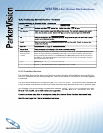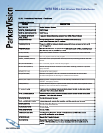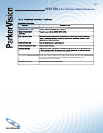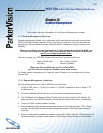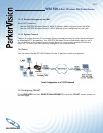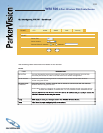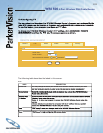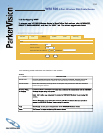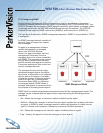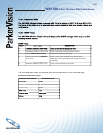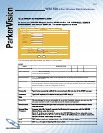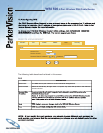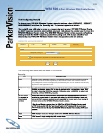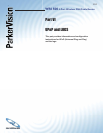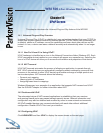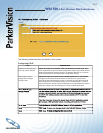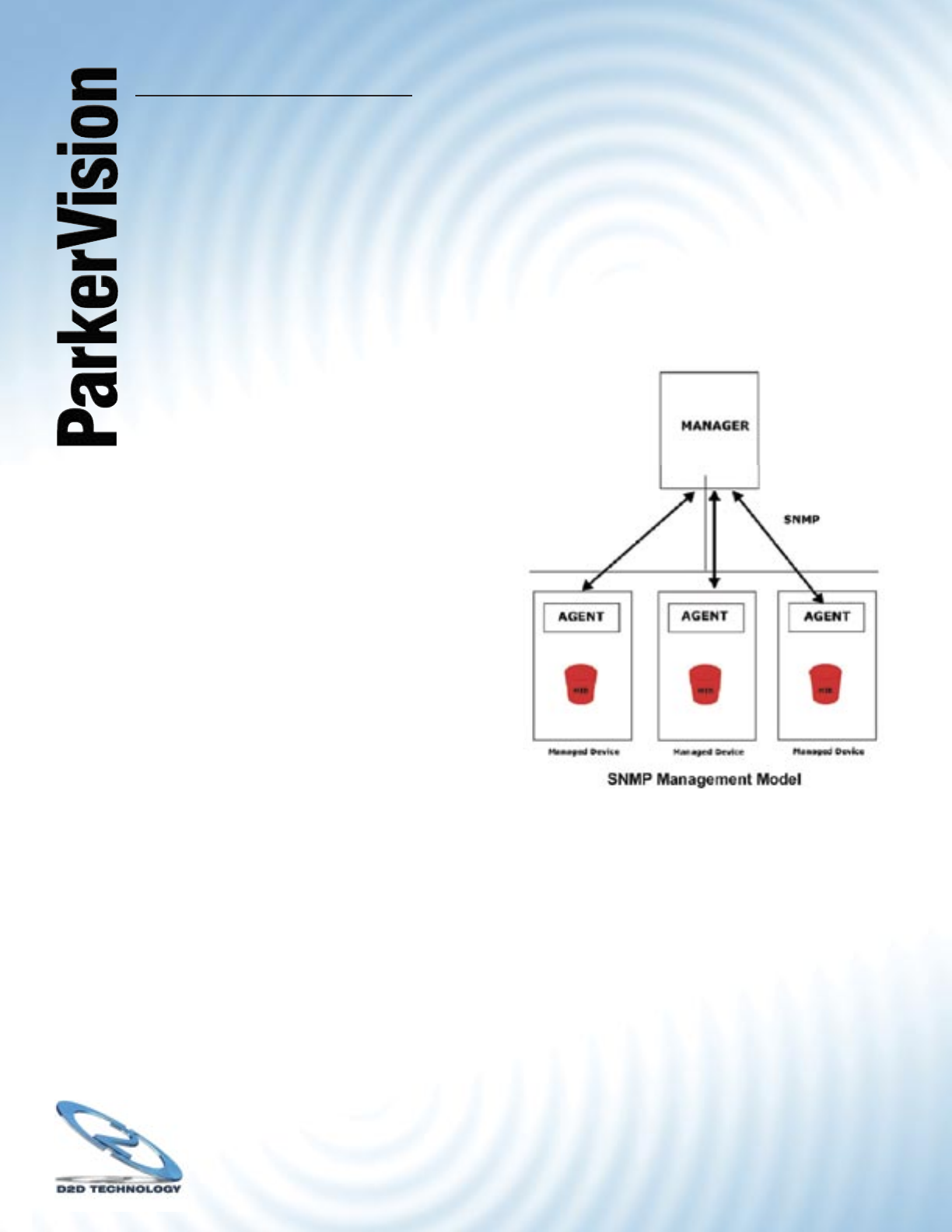
WR1500 4-Port Wireless DSL/Cable Router
®
105
13.6 Confi guring SNMP
Simple Network Management Protocol is a protocol used for exchanging management
information between network devices. SNMP is a member of the TCP/IP protocol suite. Your
WR1500 Wireless Router supports SNMP agent functionality, which allows a manager station
to manage and monitor the WR1500 Wireless Router through the network. The WR1500
Wireless Router supports SNMP version one (SNMPvl) and version two c (SNMPv2c).
The next fi gure illustrates an SNMP management operation. SNMP is only available if TCP/IP
is confi gured.
An SNMP managed network consists of
two main types of component: agents
and a manager.
An agent is a management software
module that resides in a managed
device (the WR1500 Wireless
Router). An agent translates the local
management information from the
managed device into a form compatible
with SNMP. The manager is the console
through which network administrators
perform network management functions.
It executes applications that control and
monitor managed devices.
The managed devices contain object
variables/managed objects that defi ne
each piece of information to be collected
about a device. Examples of variables
include the number of packets received,
node port status etc. A Management
Information Base (MIB) is a collection
of managed objects. SNMP allows a
manager and agents to communicate for
the purpose of accessing these objects.
SNMP itself is a simple request/response protocol based on the manager/agent model. The
manager issues a request and the agent returns responses using the following protocol
operations:
• Get - Allows the manager to retrieve an object variable from the agent.
• GetNext - Allows the manager to retrieve the next object variable from a table or list within
an agent. In SNMPvl, when a manager wants to retrieve all elements of a table from an
agent, it initiates a Get operation, followed by a series of GetNext operations.
• Set - Allows the manager to set values for object variables within an agent.
• Trap - Used by the agent to inform the manager of some events.



